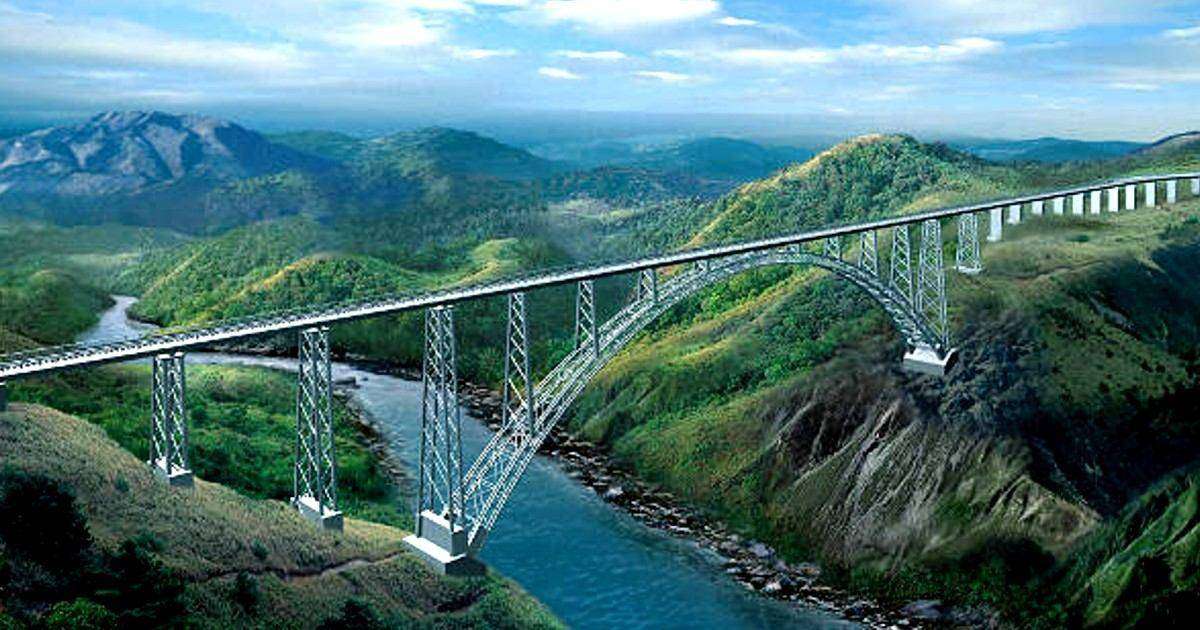The Indian Railways has successfully erected the world’s highest bridge at 359 meter above the Chenab river that will be a part of the line that connects Jammu to Kashmir. The bridge is being constructed on the Katra-Banihal railway line at Kauri and Bakkal villages in the Reasi district in Jammu region.
To assist overcome challenges during the coronavirus pandemic, the J&K administration is providing help to the railways ministry for providing important security clearances and transportation of required materials.
The total length of 111 km will be covered by the new railway link between Katra to Banihal. It will also have 36 more such bridges with lesser height and length than the Chenab bridge. Other than the bridges, 27 tunnels will also be included which will connect Kashmir with Jammu and will be the first in modern history to do so.
The Chenab railway bridge will have a 467 meter arch span, out of which more than 380 meter has already been completed. A senior Railway Official told the Times Of India that they have fastened the work since 2017and have done successfully so. This bridge will be 1.215 km long. Other 36 bridges and 27 tunnels which will be a part of it are also very important. After its completion, the journey from Katra to Banihal will take around two hours and the journey from Banihal to Srinagar will take around two to three hours.
The officials said that the railway line is a product of a large number of tunnels and bridges in highly rugged mountainous terrain with the most difficult Himalayan geology. 87% part of the railway line is formed by tunnels. Seven percent of the rest is formed by the bridges. The longest tunnel will be 12.75 km long which will also be India’s longest tunnel. This railway line will be used by a variety of people ranging from pilgrims who came to visit Vaishno Devi temple to the tourists who came for adventure or honeymoon in Srinagar.
The Chenab Bridge has the capacity to pass the train even if the wind velocity is 90 km/hour.
